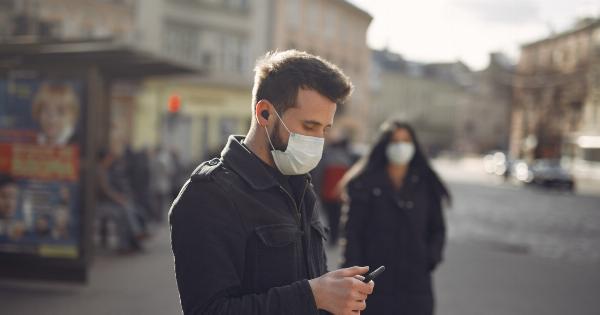Contact lenses are a popular option for vision correction. They are a great alternative for people who cannot or do not want to wear glasses. However, contact lenses can lead to complications if not properly used and cared for.
This article will discuss some of the most common contact lens complications and the role of daily use in preventing them.
1. Corneal Ulcers
A corneal ulcer is an open sore on the cornea, which can occur when bacteria, fungi, or viruses infect the eye.
Wearing contacts for an extended period can increase the risk of corneal ulcers, especially if the lenses are not cleaned and replaced as recommended. Daily use of contact lenses can significantly reduce the risk of corneal ulcers, as the lenses are replaced every day, ensuring that there is no build-up of harmful bacteria or pathogens.
2. Dry Eyes
Wearing contact lenses can cause dry eyes, as they reduce the amount of oxygen reaching the cornea. Dry eyes can cause discomfort, itching, and redness.
Daily use contacts can help mitigate these symptoms by providing more oxygen to the cornea and reducing the amount of contact lens wear time.
3. Giant Papillary Conjunctivitis
Giant papillary conjunctivitis is a relatively uncommon condition that occurs when the inner surface of the eyelid becomes inflamed. It can be caused by allergens, bacteria, or debris that collect on contact lenses.
Wearing contact lenses every day can increase the risk of developing this condition. To reduce the risk of giant papillary conjunctivitis, it is essential to clean and replace the lenses daily.
4. Contact Lens Induced Acute Red Eye (CLARE)
CLARE is a condition that causes sudden redness and inflammation of the eye. It can be caused by wearing contact lenses for an extended period without proper cleaning and replacement.
Daily use of contact lenses can prevent CLARE by ensuring that the lenses are clean and replaced daily.
5. Corneal Abrasion
A corneal abrasion is a scratch or cut on the surface of the cornea. Contact lenses can cause corneal abrasions if they are dirty, poorly fitting, or if they are worn for an extended period.
Daily use of contact lenses can reduce the risk of corneal abrasions by ensuring that the lenses are clean and replaced daily.
6. Keratitis
Keratitis is a condition that causes inflammation of the cornea. It can be caused by bacteria, viruses, fungi, or parasites that infect the eyes.
Contact lens wear can increase the risk of keratitis, especially if the lenses are not cleaned and replaced daily. Daily use of contact lenses can significantly reduce the risk of keratitis by ensuring that there is no build-up of harmful bacteria or pathogens on the lenses.
7. Contact Lens Deposits
Protein and lipid deposits can accumulate on contact lenses over time, creating a breeding ground for bacteria and other pathogens. These deposits can cause discomfort and increase the risk of infections.
Daily use of contact lenses can reduce the risk of contact lens deposits by ensuring that the lenses are clean and replaced daily.
8. Contact Lens Discomfort
Wearing contact lenses can be uncomfortable, especially if they are not properly cleaned and replaced. Daily use of contact lenses can mitigate discomfort by providing fresh lenses every day.
9. Improper Storage
Improper storage of contact lenses can lead to contamination and infection. It is essential to follow proper storage guidelines, including cleaning and storing lenses in a clean, dry, and well-ventilated area.
Daily use of contact lenses can reduce the risk of improper storage, as the lenses are disposed of every day.
10. Conjunctivitis
Conjunctivitis, also known as pink eye, is a condition that causes inflammation of the conjunctiva, the thin, transparent layer that covers the white part of the eye.
Contact lens wear can increase the risk of conjunctivitis, especially if the lenses are not cleaned and replaced daily. Daily use of contact lenses can reduce the risk of conjunctivitis by ensuring that the lenses are clean and replaced every day.
Conclusion
Contact lenses are a great alternative to glasses for vision correction. However, they can lead to complications if not properly used and cared for. Daily use of contact lenses can significantly reduce the risk of many contact lens complications.
It is essential to follow proper cleaning and replacement guidelines to ensure healthy and comfortable contact lens wear.





























